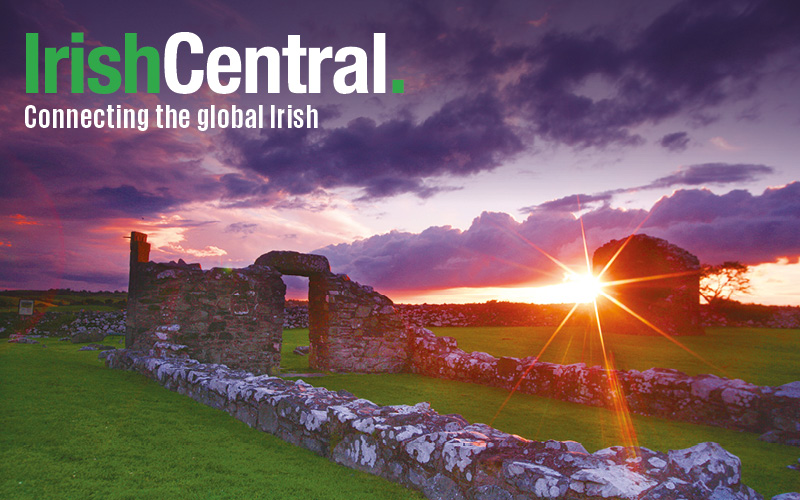DUBLIN - The property section of The Irish Times ran its annual review issue this past weekend. It made grim reading.
A sample of the headlines reveals why. "If You Can't Sell, Swap." "Market on the Floor." "Prices Down by 40%." "Estate Agents Bracing Themselves for Further Losses."
In all I counted a dozen or so headlines that portrayed the incredible crash in property prices that has gripped Ireland.
While other countries have undergone severe recessions, few have been so dependent on property sales to keep the good times coming.
The Irish property sector represented 30% or so of the overall economy, an astounding figure in light of what has happened since it slowed dramatically.
It is meltdown time in Irish property, and The Irish Times real estate section, long packed with glossy ads and puff pieces to beat the band about the latest exclusive properties in Ireland and indeed abroad, has suddenly shrunk severely in size.
What caused the collective madness that saw an acre of land in Ballsbridge, the exclusive Dublin suburb, go for $132 million an acre just a year or so ago? That was apparently the highest price for a plot of land anywhere in the world at the time.
A new bestselling book by Irish Times journalists Frank McDonald and Kathy Sheridan, entitled "The Builders," goes a long way to explain what happened to overheat the market.
It is an excellent read and details in great depth just how the housing market reached such stratospheric levels, and is now plunging to lows not seen since the 1980s.
The book profiles a dozen or so of the top men - and they are all men - who dominated the property market in the past few years - who developed lifestyles right out the rich and famous in the process. Helicopters, private jets, sumptuous country homes were the trappings of wealth they felt entitled to.
Almost all were self-made men, starting with little, who built up their business in the old fashioned way to begin with, but began believing their own press notices as the previously obscure world or property developers suddenly became one of great cachet.
What they all believed too is that the tree would grow all the way to the sky, fiercely bidding against each other for prime properties even as the telltale signs of a housing collapse loomed on the horizon.
What they almost all had was deep ties with the Fianna Fail party, the natural party of government since the foundation of the state.
The book gives a clear-headed analysis of how so many dubious planning permissions, especially in the Dublin area, were achieved through political corruption, the extent of which we may never know.
We do know that one member of that government, Ray Burke, served time in prison for corruption, and that former Taoiseach (Prime Minister) Bertie Ahern is currently the focus of a major investigation by the Mahon Tribunal into his actions around this time.
Fianna Fail were not the only offenders, however. Politicians of all parties clearly had their votes bought at crucial planning permission sessions of Dublin city and county councils, as well as at council meetings all over the country.
The Irish banks were major colluders in creating the bubble, handing out loans like confetti to the developers and mortgage seekers alike. No one wanted the party to stop.
The downside is pretty terrible. Corruption in the process resulted in the perfectly dreadful housing estates that now dot much of Ireland, built without any regard to local amenities or environmental concerns.
More significantly, the property bidding war that was created because of excess planning permission led to an incredible escalation in the price of land and eventually housing itself.
The sound we are hearing now is that bubble bursting with consequences for everyone, most notably homeowners caught in a vicious cycle of heavy mortgage repayments.
The developers have not escaped. During my recent trip several journalists told me they believed many of the top 10 developers are actually bankrupt and hopelessly over-extended.
If so it is a crushing blow to the Irish economy. At its simplest level house ownership is greatly prized in Ireland, and the country has the highest percentage of property owners per capita in Europe.
Many now face foreclosure and the death of their dreams. The property developers face financial ruin, the banks face massive restructuring while the government faces a barrage of questions as to why they did not act sooner to smash the speculative bubble.
The answers may never be known, but in an unforgettable chapter in the book the writers describe the annual property developers' ball at a swanky Dublin hotel. As recently as this year the invited speaker was defiant, swaggering and adamant that prices would continue to soar and the present difficulties were just a blip.
The unsinkable Titanic comes to mind.




Comments